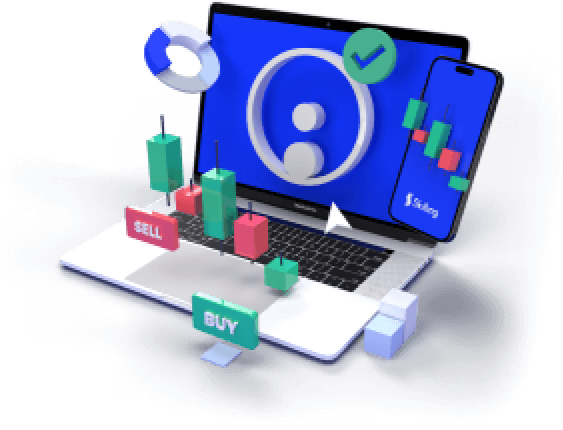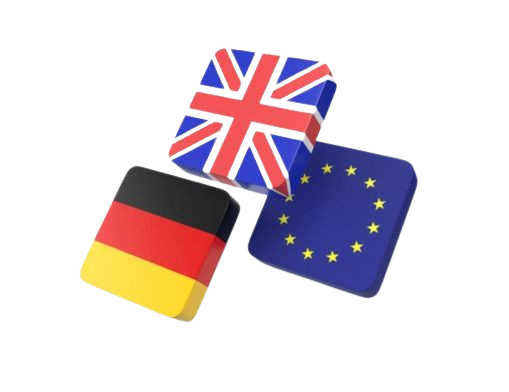CFD-trading can seem complex at first, but it's actually a flexible and accessible way to engage with financial markets. Whether you're interested in forex, commodities, indices, or cryptocurrencies, CFDs allow you to speculate on price movements without owning the underlying asset.
This guide walks you through the essential steps to get started with CFD-trading as a beginner — from understanding the basics to opening your first trade.

What Is CFD-Trading?
CFD stands for “Contract for Difference.” When you trade CFDs, you're entering into an agreement to exchange the difference in price of an asset between when you open and when you close a trade. You don’t own the asset — you’re simply speculating on its movement.
Key Benefits of CFDs:
- Trade both rising and falling markets (long or short)
- Access to global markets from one platform
- Use leverage to increase exposure with less capital (trade cautiously)
- No need to own the physical asset
Step 1: Learn the Basics
Before trading live, get familiar with key CFD concepts:
- What is a spread?
- What is leverage and margin?
- What are long and short positions?
- What is a stop-loss or take-profit order?
Step 2: Choose a Regulated Broker
Select a trusted CFD provider that is regulated in your region. Look for:
- Clear fee structure and tight spreads
- Easy-to-use trading platform
- Responsive customer support
- Demo account for practice
Step 3: Open a Trading Account
Register for a CFD account online. You’ll need to verify your identity and complete a quick suitability questionnaire. Once verified, you can fund your account and begin demo or live trading.
Step 4: Use a Demo Account
Practice with virtual funds. This allows you to explore the trading platform, test strategies, and get comfortable with placing orders — all without risking real money.
Step 5: Analyze the Market
Use both technical and fundamental analysis to identify trade opportunities. Study charts, news, and economic indicators. Pick markets you understand.
Step 6: Place Your First Trade
Decide whether you think the market will go up (buy/long) or down (sell/short). Set your stop-loss and take-profit levels. Start small and manage your risk.
Step 7: Review and Learn
After each trade, review your decision process. What worked? What didn’t? Keep a trading journal to track your progress and refine your strategy.
Conclusion:
CFD-trading offers beginners an exciting entry point into the world of financial markets. With a solid foundation, risk awareness, and ongoing learning, you can trade smarter and build confidence over time.
Capitalise on volatility in index markets
Take a position on moving index prices. Never miss an opportunity.
71% of retail CFD accounts lose money.












